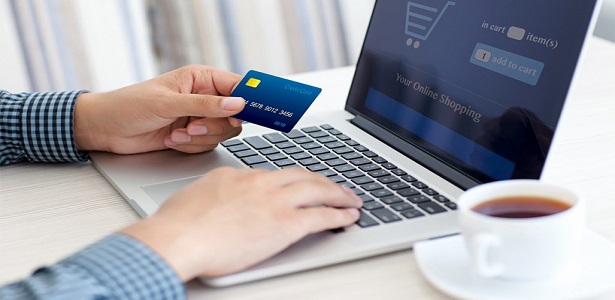Security leaks, Trojan horses, phishing scams, viruses, worms, fraud, data swapping, at a glance the World Wide Web can appear to be a fraudster’s paradise and certainly not somewhere you should go near with your bank details.
However, despite the well-publicised risks most people shop and bank online without any such issues. Yes there are risks, but if you’re sensible you can stay secure.
Here’s what you need to stay safe online:
1) Make sure your computer is up to the job
Staying safe online requires preparation and the first step is making sure your computer is up to the job.
You’ll need an up to date anti-virus and a firewall as the absolute minimum, although more comprehensive protection like anti-spyware is advisable.
Most major banks offer free security software that’s designed to protect your banking details and this is definitely worth using too – Trusteer Rapport is the most widely recommended by major UK banks.
Sadly mobile devices can also be targeted so if you’re browsing on the go you need to be confident that your phone or tablet can keep your details private.
Thankfully most of the major internet security services now offer mobile versions of their software and banks and building societies are beginning to offer useful, secure mobile apps which offer more protection than just logging on through a web browser on the go.
2) Check the website is legit
Although it can be tricky to tell if a website is trustworthy there are some key indicators that you can use to assess them, including:
- Poorly written content
- Unrelated images appearing on the site
- Out of date security certificates
- Incorrect URL, have you been re-directed elsewhere?
- Invalid contact details
- Poor reviews
3) Is the web page secure?
Once you’re happy that your computer is secure and the website is the real deal, the next step is to check whether the web page is secure.
Major banks and retailers will only ask for your bank or card details from a secured internet connection.
Thankfully there is an easy way for us all to tell when we are browsing on a secured network, the http: at the start of the web address will change to https: . This stands for Hypertext Transfer Protocol Secure and ensures that your personal details are not being snooped upon.
You should always check you are on a secure https connection before sharing any of your banking details.
If you have internet security or anti-virus software then that will also indicate when you are browsing on a secure internet connection, giving you extra reassurance.
4) Don’t take the phishing bait
Phishing scams are one of the most common tricks used by fraudsters to get hold of banking details.
These cunning ploys work by convincing you to share your bank details with what you think is a legitimate company.
Phishing emails are the preferred tactic, but phishing links or forms on fake websites are becoming more and more common.
To stay safe online it’s imperative that you’re on guard against phishing scams and don’t take the bait – for more help spotting them read our guide to checking a website is legitimate.
5) Use a credit card
A sensible precaution is to use a credit card for online transactions. It will help you keep track of the purchases you make more easily so you can spot any fraudulent transactions quickly if your details are compromised.
Using a credit card rather than a debit card also provides you with extra protection because it keeps the money in your current account safe. If someone does get their hands on your details, they can’t bleed your accounts dry; and the card itself will have anti-fraud measures in place (plus procedures for dealing with fraud victims).

